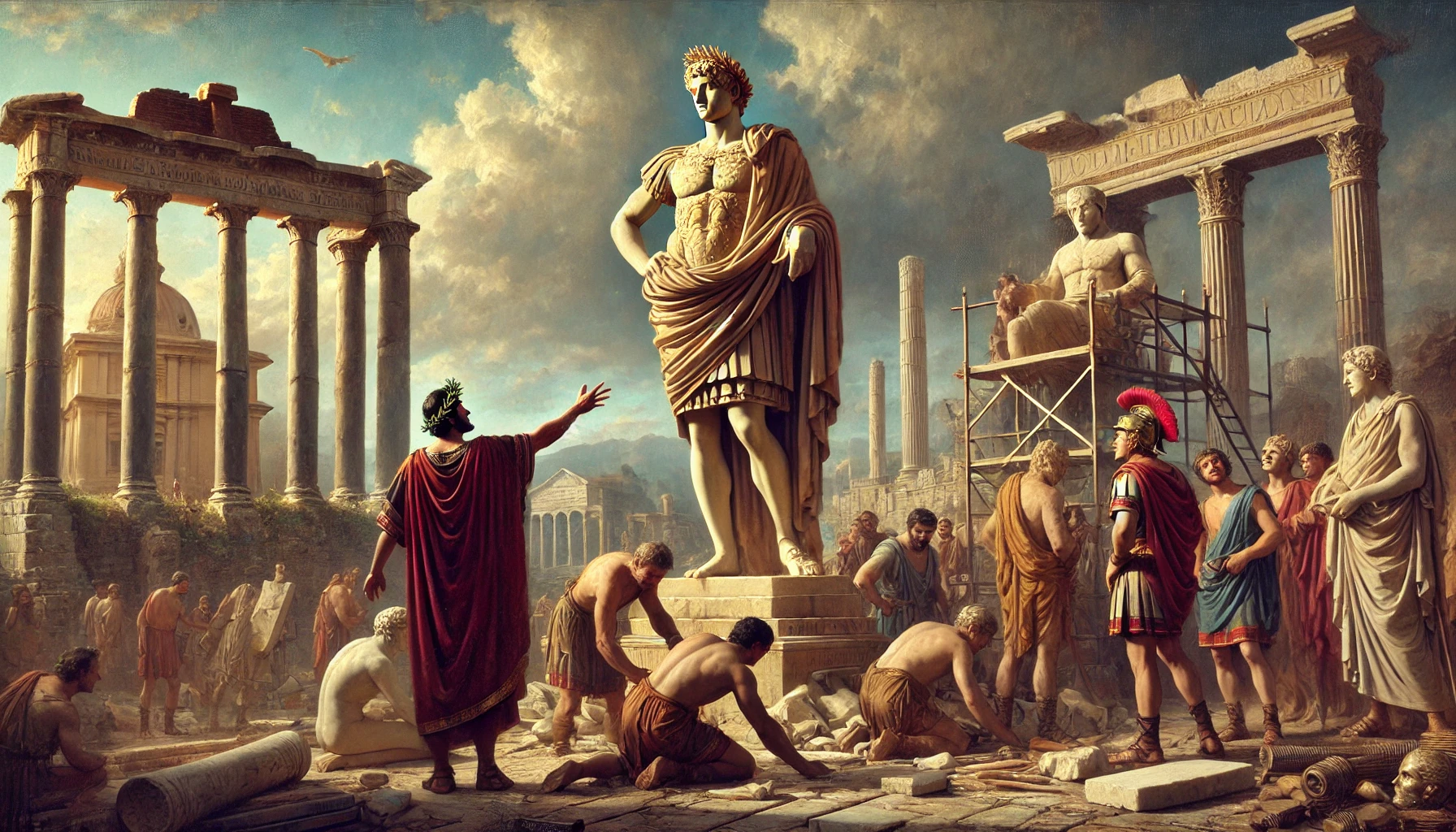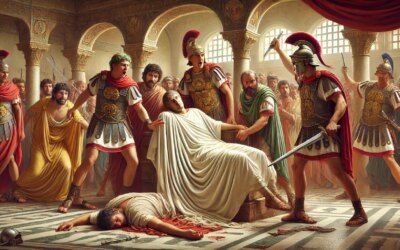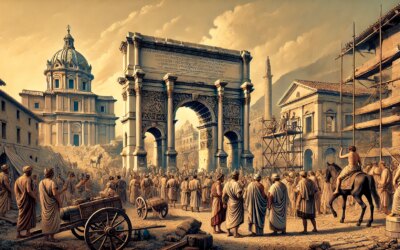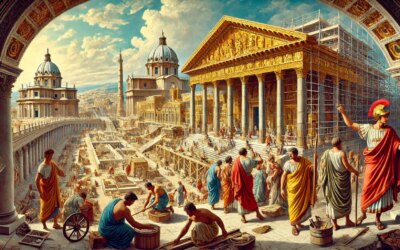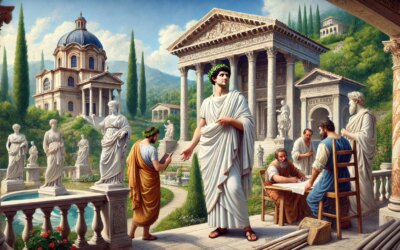Introduction: Monumental Power in Stone
In the year 90 AD, Rome’s imperial skyline was punctuated by the rise of a colossal statue in the heart of the Forum. Towering over temples and triumphal arches, it depicted Emperor Domitian—not merely as ruler, but as a living god. This massive sculpture was more than an artistic endeavor; it was a statement of dominance, legacy, and divine legitimacy. It epitomized the ambition and anxieties of a controversial reign.
Domitian: The Last Flavian
Domitian, younger son of Vespasian and brother of Titus, ascended the throne in 81 AD after the sudden death of his brother. His reign, lasting until 96 AD, was marked by both administrative competence and authoritarian control. He completed monumental building projects, reformed the economy, strengthened the frontiers—and ruled with an iron hand, paranoid of conspiracies and obsessed with his image.
The Culture of Divine Emperorship
While earlier emperors had carefully balanced divine association, Domitian embraced it more overtly. He insisted on being addressed as “Dominus et Deus” (Lord and God), a title that shocked traditional Roman sensibilities but reinforced his absolute power. In this cultural climate, erecting a colossal statue in his own image was a logical—if extravagant—extension of his self-perception.
The Statue: Colossus of the Forum
Inspired perhaps by the Colossus of Nero—later rededicated to the sun god Sol by Vespasian—the new statue of Domitian was rumored to rival or even surpass it in grandeur. Crafted in gleaming bronze or white marble, standing possibly 30 to 35 meters tall, the colossus portrayed the emperor in idealized form: youthfully powerful, draped in flowing robes or clad in armor, with divine attributes such as a laurel wreath or thunderbolt in hand.
Construction and Context
The statue was erected near the Temple of Vespasian and Titus, integrating the Flavian legacy into the religious and political center of Rome. Artisans, engineers, and slaves worked under intense imperial oversight, while scaffolding rose skyward. This project aligned with Domitian’s wider building spree—he also restored the Temple of Jupiter, rebuilt the Curia Julia, and completed the Stadium of Domitian.
Public Reaction and Political Symbolism
While the elite often resented Domitian’s autocracy, the people of Rome enjoyed his spectacles, building projects, and generous grain distributions. The statue, however, polarized observers. Supporters saw a majestic tribute to divine leadership. Critics, writing after his death, decried it as hubris carved in stone. The statue loomed not just over the Forum, but over a fragile political balance between emperor and Senate.
The Fall of Domitian and the Fate of the Colossus
In 96 AD, Domitian was assassinated in a palace conspiracy. The Senate, seizing its chance, condemned his memory through damnatio memoriae—erasing his name from inscriptions, destroying portraits, and possibly dismantling or rededicating the colossal statue. No physical trace remains today, but literary sources confirm its presence, briefly dominant and swiftly forgotten in the physical cityscape.
Legacy: Shadows in Marble
Domitian’s colossus foreshadowed the imperial iconography of later centuries, including statues of Constantine and Justinian. It was an early example of how emperors used public art not just to commemorate, but to control narrative. The colossus did not survive, but the concept—that rule is justified by monumentality—echoes through the ruins of Roman architecture and across history.
Conclusion: The Emperor Who Looked Down
In 90 AD, amid the marble and chaos of the Roman Forum, Domitian stood twice: once in flesh, once in colossal stone. The statue’s size matched the scale of his ambition, its fate mirrored the fragility of his legacy. Though toppled by history, its story endures—as a reminder that even the tallest monuments are built on the sands of time and memory.

